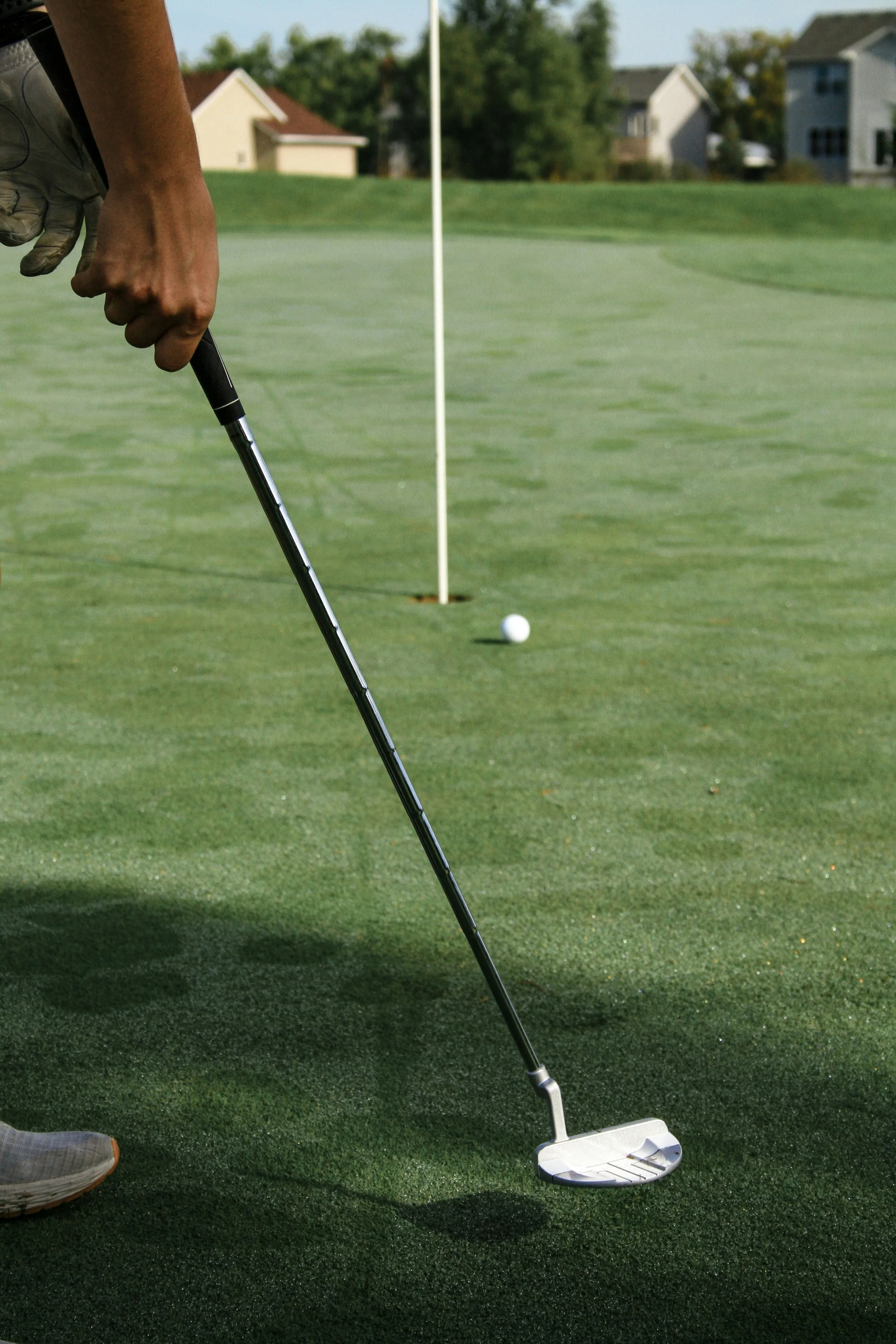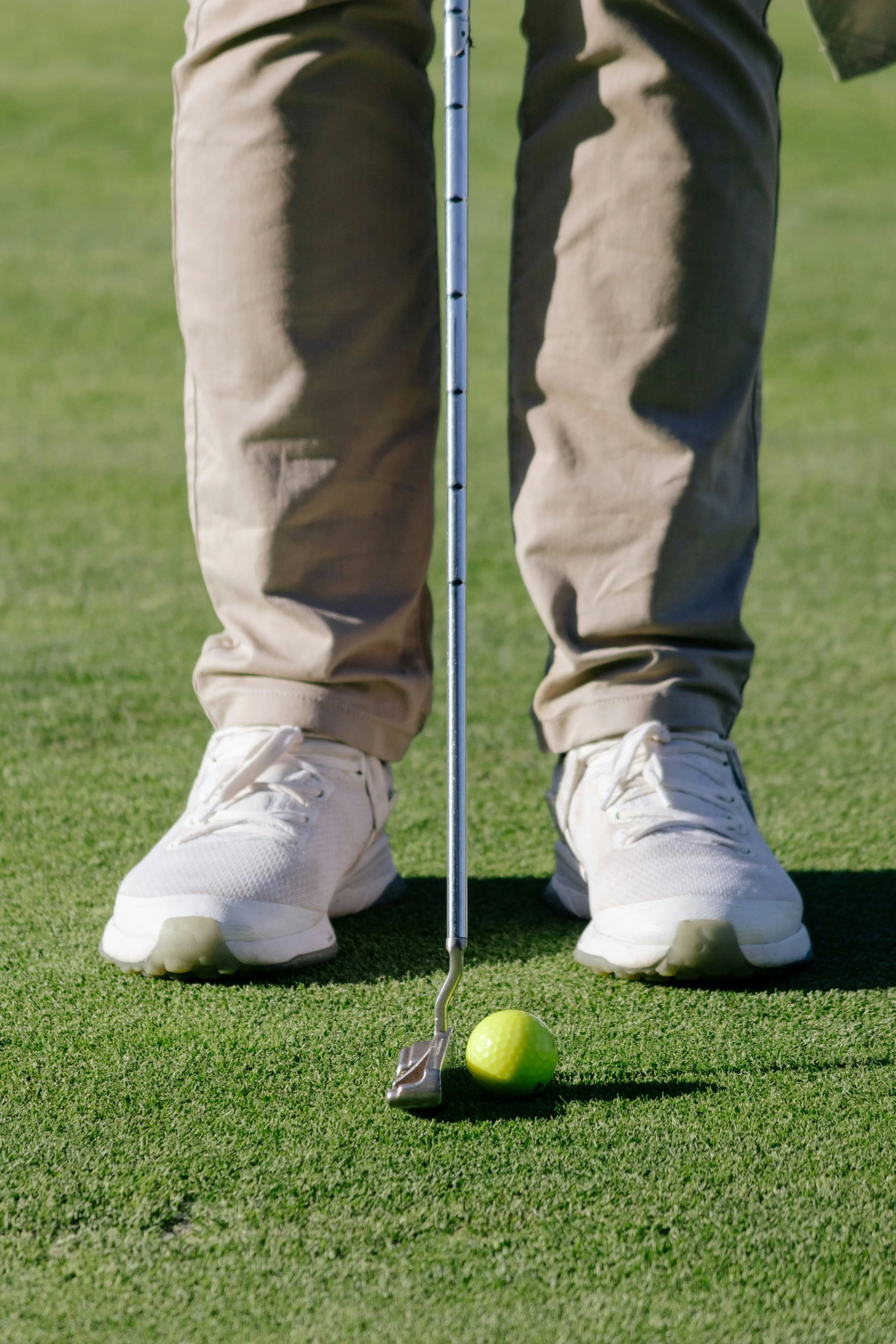How to Improve Your Short Game: Turning Three Shots into Two
In golf, your short game is where rounds are saved, and often, where they’re lost. You can drive the ball beautifully all day, but if you can’t get up and down from around the green, you’ll never unlock your scoring potential.
At BioGolf, we believe that improving your short game isn’t just about hitting thousands of chips or putts; it’s about understanding how your body moves, how biomechanics influence control, and how practice with purpose builds confidence under pressure.
Here’s how to start sharpening your short game the right way.
Master Your Setup
The short game starts with a stable, balanced setup. Unlike your full swing, short shots demand a narrower stance, less hip rotation, and more control through your hands and arms.
A few key points:
- Narrow your stance — about hip-width apart.
- Distribute weight slightly forward to encourage clean contact.
- Keep your hands ahead of the ball for better control and spin.
- Relax your grip pressure. Too tight, and you’ll lose feel; too loose, and you’ll lose structure.
At BioGolf, we often see players struggle with consistency, not because of poor technique, but because their posture or balance doesn’t support the shot. By learning how your body’s movement patterns affect strike quality, you’ll find cleaner, more repeatable contact every time.
Understand Loft and Bounce
Each wedge in your bag is designed for a purpose. The more you understand how loft and bounce interact, the better your shot selection will be.
- Higher loft (58°–60°) helps with short, high, soft-landing shots.
- Mid-loft (52°–56°) wedges are versatile for most chips and pitches.
- Lower loft (48°–50°) is best for bump-and-run style shots.
Bounce (the angle between the leading edge and the sole of your club) helps the club glide rather than dig. If you find yourself chunking or thinning chips, it’s often a sign you’re not letting the bounce work for you.
Try experimenting on the practice green. Adjust your stance and ball position, and notice how the club interacts with the turf. Small adjustments can change your contact dramatically.
Learn to Read Lies and Conditions
The lie dictates the shot, not the other way around. Before every chip or pitch, ask:
Is the ball sitting up or buried?
How firm is the turf?
How much green do I have to work with?
From a clean fairway lie, a low-running chip might be ideal. From thick rough, a higher-lofted club with more bounce will help you slide under the ball.
At BioGolf, we train golfers to assess these conditions quickly and intuitively, so they can make smart, confident decisions instead of guessing.
Develop a Reliable Putting Routine
Putting is where the short game truly pays off. A solid pre-putt routine keeps your body calm and your mind focused.
Try this three-step process:
Visualise the line and pace.
Take a practice stroke matching that feel.
Step up, breathe, and trust it.
Consistency comes from repeating the same process, not forcing results. Track your putting stats, such as putts per round or three-putt frequency, and practice your weak spots intentionally.
Train Your Body, Not Just Your Technique
Even the best technique fails if your body can’t move efficiently. Limited ankle mobility, weak glutes, or poor rotation can cause thin chips, inconsistent contact, and loss of distance control.
At BioGolf, we combine golf coaching with biomechanical assessment and movement training. By improving mobility, balance, and coordination, you build a foundation for a more controlled, powerful, and adaptable short game.
The Bottom Line
Improving your short game is about understanding your movement, choosing the right shot for the situation, and training with intent.
If you’re ready to save strokes and feel more confident around the green, book a session at BioGolf. Together, we’ll analyse your movement, refine your technique, and help you turn those frustrating threes into satisfying twos.


